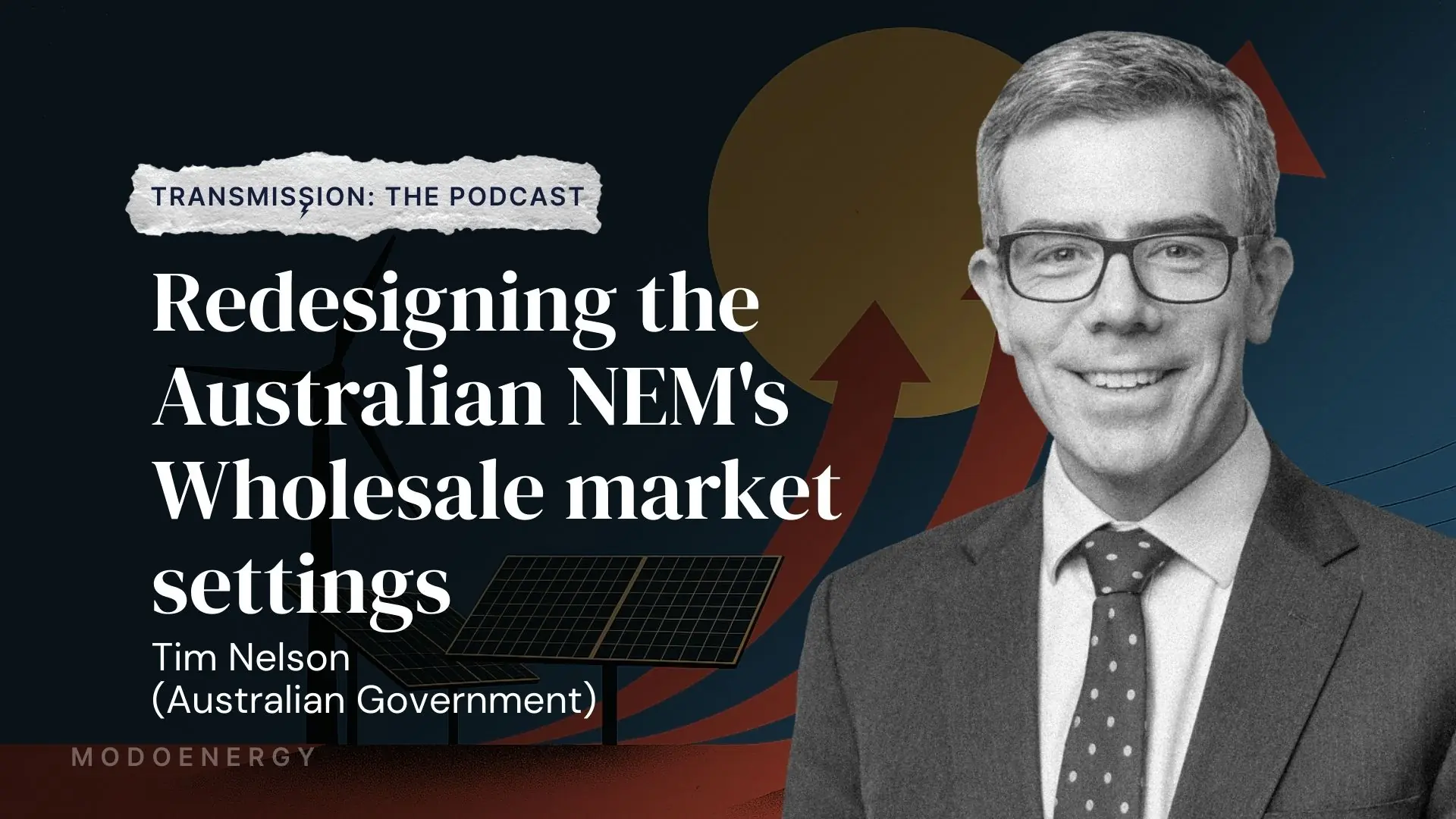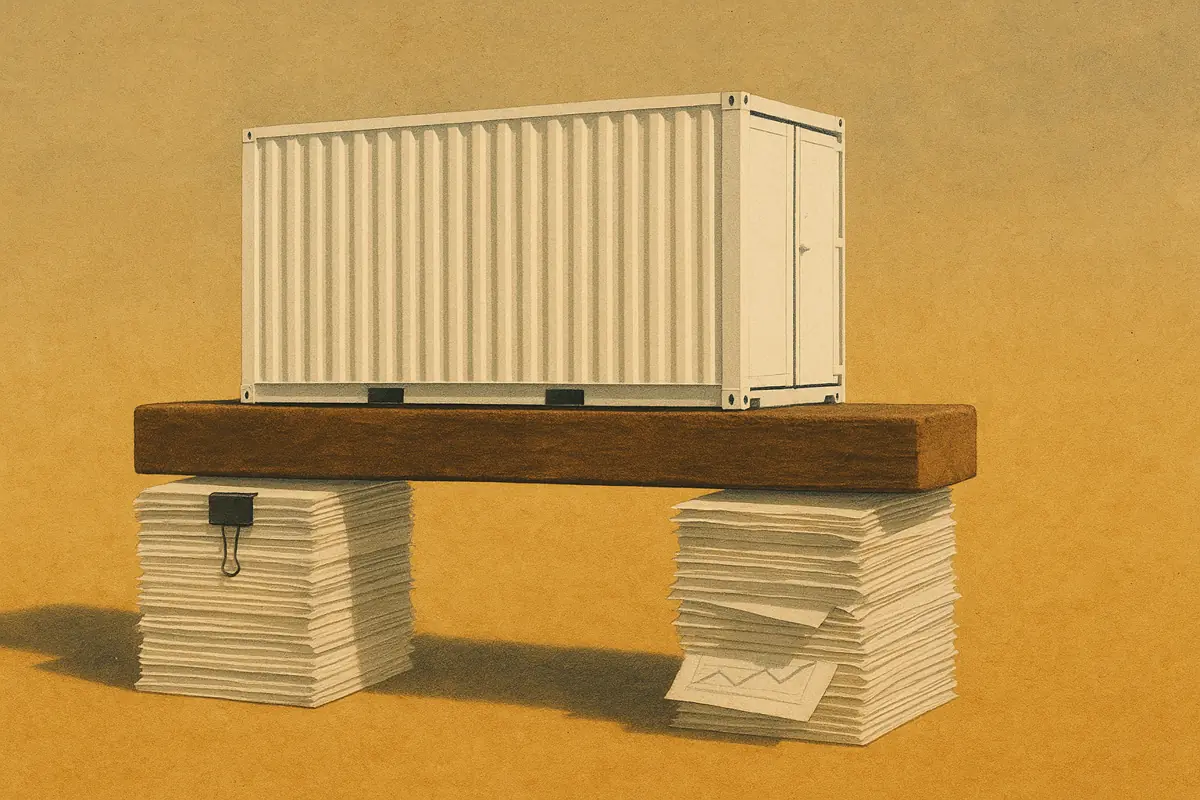On Sunday 31 October, National Grid ESO (NGESO) held the first auction for low-frequency Dynamic Containment (DCL) under its new (much lower) volume requirements laid out in September. In this article, we’ll bring you up to speed with everything that happened over the weekend in five graphs.
Prices in DC fell from £17/MW/h
Figure 1 (below) shows a summary of the 31 October DCL auction, for delivery on Monday 1 November 2021. This includes the market-clearing price, in addition to both accepted and rejected volumes.

- With no rejected capacity in EFA blocks 1-4, the market remained unsaturated.
- This followed significant volume moving into the monthly FFR tenders (for more information, check out our recent article). Across these periods, the familiar £17/MW/h pricing remained.
- During EFA blocks 5 and 6, the DC market saw its first instances of rejected volume in response to lower procurement targets and a saturated market. With the supply and demand imbalance flipping, prices fell for EFAs 5 and 6, with the market clearing at £16.90/MW/h and £14.90/MW/h respectively.
Overprocurement in EFA 5
While the ESO’s requirements for DC aren’t as clear cut as they once were (see here for more info), their November market information report does outline the average and maximum volume requirement expected for the month. Figure 2 (below) show how the procured volumes compare to the ESO’s average and maximum DCL requirements.

- For the overnight block (EFAs 1-2), procurement fell below the average requirement expected for November.
- Procurement across EFAs 3-6 exceeded the average November requirement significantly with the ESO procuring at the top end of its requirement range for the month.
- Procurement in EFA 5 is particularly interesting when compared to the ESO’s requirement. The November MIR stated a 0 MW requirement 93% of the time (28 days), and a requirement of between 1-300MW for just 2 days. However, the ESO procured 350 MW.
Whose bids were accepted?
Figure 3 (below) shows the total cost of securing DCL services for 1 November, split by market participant.

- The 31 October auction saw successful bids from 36 unique sites across 16 counterparties.
- DCL service cost for 1 November delivery totalled £164,148.
- Limejump took home the largest share of DCL revenues, securing ~100 MW of contracts across EFA blocks 1-6.
A first look at rejected DC bids
Up until now, the ESO has accepted every DC bid priced below the price cap (with the exception of some mysterious rejections in September - more information here). But with lower volume requirements, rejected capacity is becoming more commonplace. Figure 4 (below) shows the rejected volume across the day, by rejection reason.

- EFA block 5 saw 121 MW of volume rejected at prices above £17/MW/h, with providers likely bidding at their opportunity cost associated with participation in other markets.
- In EFA block 6, paradoxical rejections were the largest cause of DC providers missing out on contracts, with 225 MW of paradoxically rejected bids (PRBs).
What is a paradoxically rejected bid?
Paradoxically rejected bids (PRBs) are a nuance of EPEX Spot’s auction algorithm. But what are they? Simply put, a PRB is a bid that is rejected even though its price is below the market-clearing price.
There are many reasons that could cause a bid to be paradoxically rejected (merit order constraints, curtailability rules, fill-or-kill properties, etc.). A good example of a PRB is a bid that would exceed the ESO’s volume requirement if accepted. In a case such as this, a smaller, more expensive bid can subsequently set the clearing price. (This shares similarities with the STOR market auctions we wrote about in September.)
While understanding the root cause of PRBs can be challenging, we can take a look at how they impact the supply stack. Figure 5 (below) shows the supply stack for EFA block 6, and includes volumes (x-axis) and prices (y-axis) of the accepted and rejected bids.

- Notable PRBs include Habitats £1.62/MW/h bid for 48 MW, which was rejected despite falling £13.28/MW/h below the clearing price.
- One bid that appears to have significantly disrupted the supply stack is Arenko’s multiperiod block bid. (A multiperiod block bid spans multiple consecutive EFA blocks and is either accepted for all EFA blocks or no EFA blocks.)
- The interaction of Arenko’s multiperiod bid and the ESO’s strict ‘no overholding’ rules appears to be the underlying cause for the PRBs observed in EFA blocks 5 and 6.
Key takeaways
This is, of course, only the first day of the new era of DC, however, things are already getting interesting.
Prices have remained high in DC. However, we have seen the £17/MW/h price falter for the first time since 18 October 2020. Saturation is currently the driver of price variation, and the interaction of DC with other frequency response markets is playing an important role in how the market is evolving.
While it’s too early to tell precisely how DCL procurement will square with the ESO’s requirement, EFA block 5 procurement has already exceeded the ESO’s maximum DC requirement for November. It’ll be interesting to see how future procurement matches the ESO requirements for the rest of the month.
Differing bidding strategies (specifically the multiperiod blocks) already appear to be impacting the market, and are causing paradoxical rejections. With so many rejections, we are likely to see a development in bidding behaviour to take advantage of the new bidding structures and maximise revenues.
With the first high-frequency DC auction running 1 November (for delivery the following day), things are about to get even more interesting. It’s going to be an interesting month for the developing DC market and the wider BESS industry, so be sure to stay tuned for the latest market commentary from the Modo team.







